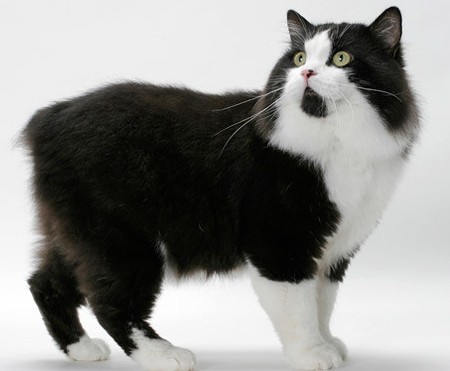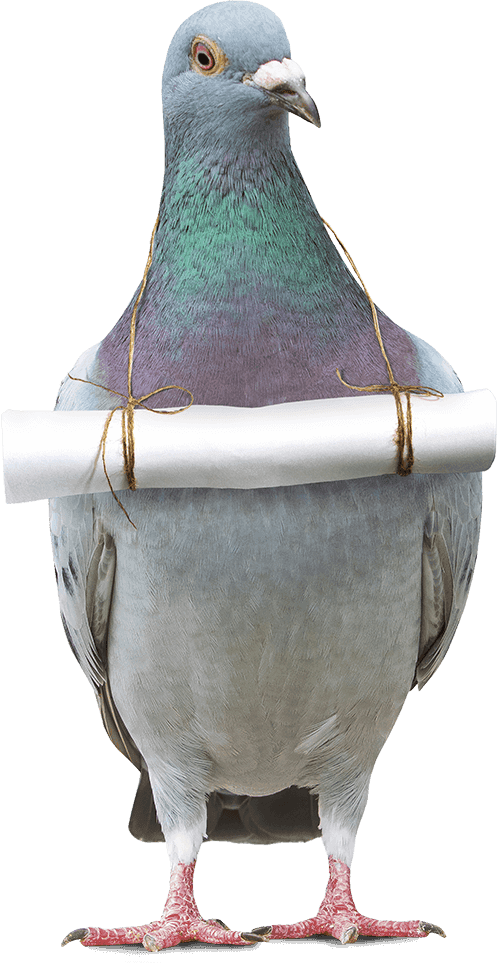Manx cat
(Manx)

Description
Manx cats are one of the most distinctive cat breeds. Known for their lack of tail, these cats are believed to have originated from the Isle of Man, located in the Irish Sea. The Manx cat is a breed that has captured the hearts of cat lovers for centuries. In this article, we will explore the history, physical characteristics, behavior, health issues, and grooming needs of the Manx cat. History The origins of the Manx cat are shrouded in mystery. One legend states that the breed is descended from cats that swam ashore from a shipwrecked Spanish Armada vessel in 1588. Another legend suggests that the breed was brought to the Isle of Man by Phoenician traders in 300 BC. However, the most widely accepted theory is that the Manx cat is the result of natural genetic mutation that occurred on the Isle of Man. Physical Characteristics Manx cats are medium-sized cats, with a muscular and rounded body. They have a distinctive short back and long hind legs, which give them a rabbit-like appearance. The most striking feature of the Manx cat is their lack of a tail, which is the result of a genetic mutation. The degree of taillessness can vary from a small bump to no tail at all. Manx cats come in a wide range of colors and patterns, including solid colors, tabby, tortoiseshell, and bi-color. Their coat is short and dense, and requires minimal grooming. Behavior Manx cats are known for their intelligence and playful nature. They are social cats that enjoy interacting with their owners and other pets. Manx cats are also great hunters, and enjoy chasing after toys and small prey. One unique trait of the Manx cat is their ability to jump great distances. Due to their long hind legs, Manx cats are capable of jumping up to six times their body length. This trait makes them excellent climbers, and they enjoy perching on high surfaces to observe their surroundings. Health Issues Manx cats are generally healthy cats, but they are prone to a few health issues. The most common health issue that affects Manx cats is spinal cord defects. This is because the genetic mutation that causes taillessness can also affect the development of the spinal cord. This can lead to a condition called Manx syndrome, which can cause a range of neurological issues, including difficulty walking, incontinence, and paralysis. Manx cats are also prone to urinary tract infections and digestive issues. To minimize the risk of these health issues, it is important to feed your Manx cat a healthy diet and provide them with plenty of water. Grooming Needs Manx cats have short and dense fur, which requires minimal grooming. Regular brushing can help to remove loose fur and reduce the risk of hairballs. Manx cats are generally clean cats, and will groom themselves on a regular basis. Conclusion In conclusion, the Manx cat is a unique and fascinating breed of cat. Their lack of tail, rabbit-like appearance, and playful nature make them a popular choice for cat lovers around the world. However, it is important to be aware of their potential health issues, and to provide them with proper care and attention. With the right care, the Manx cat can make a loving and loyal companion for many years to come.
Taxonomic tree:







